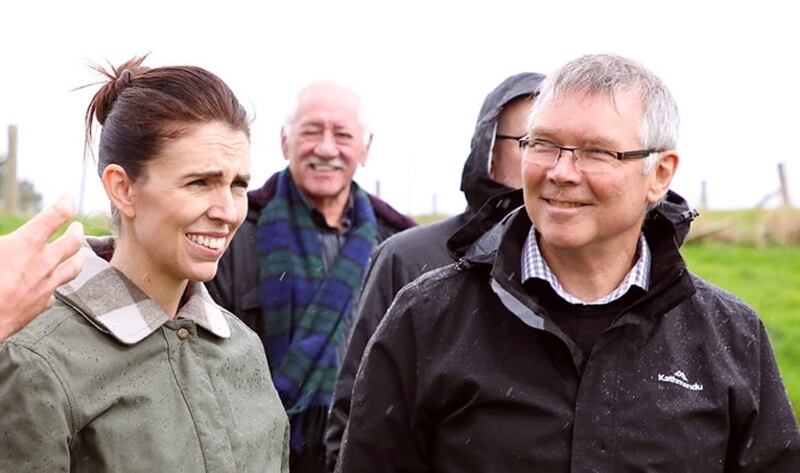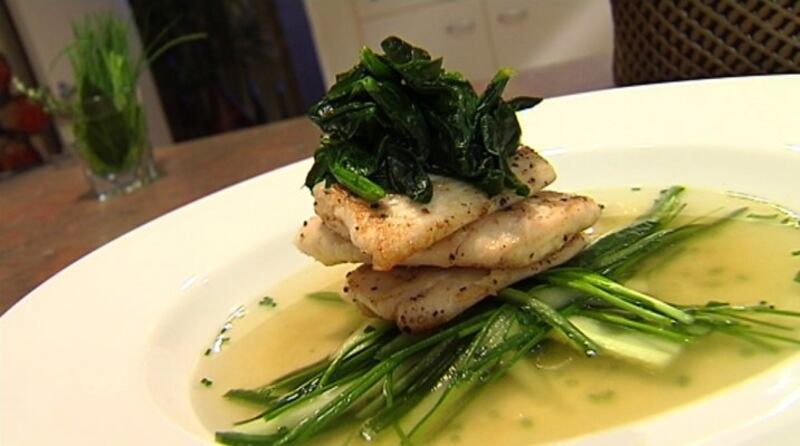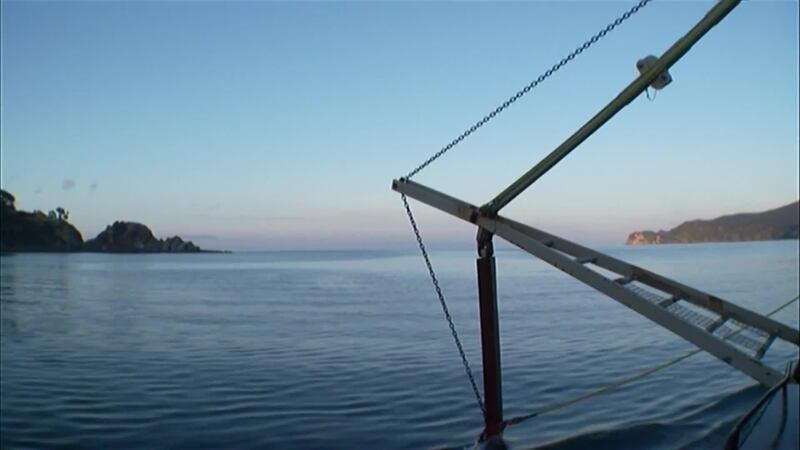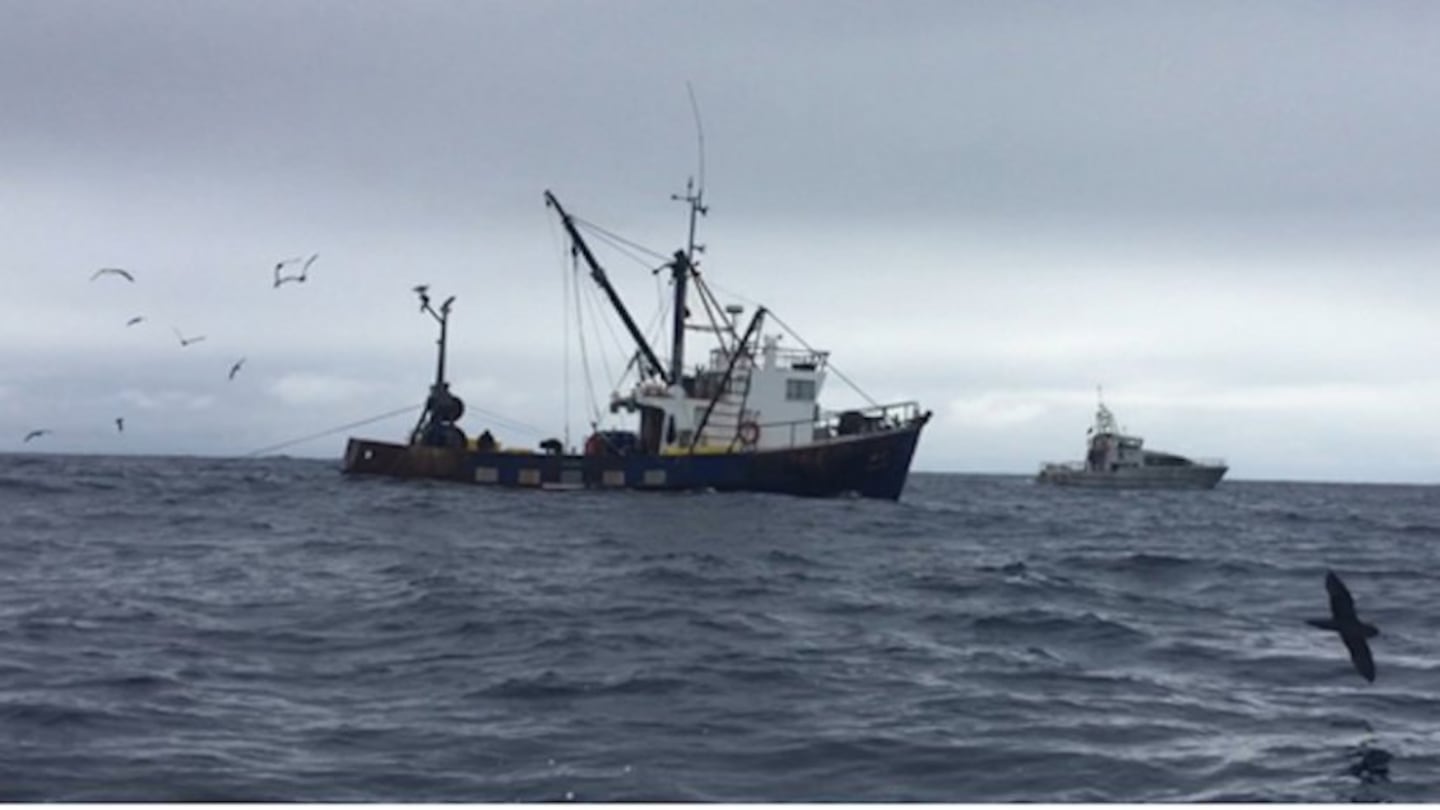The government’s decision to increase snapper commercial fishing quota by 300 tonnes on the West Coast of the North Island is being praised as the lesser of a bunch of bad options by a group that lobbies on behalf of communities and iwi.
Minister for Primary Industries David Parker has released the latest Total Allowable Catches (TAC) report which adjusts fishing quotas in specific rohe based on the assessed stock levels.
The adjustments will see commercial fishers able to take 1600 tonnes of snapper in the region which spans North Cape to Kāpiti, while the customary Māori Quota will increase from 43 tonnes to 100 tonnes.
Advocacy group LegaSea lobbied for a zero increase in July but told Te Ao Māori News Fisheries New Zealand presented four options to Minister Parker, which started at a 23 per cent increase in the commercial catch, rising to a 100 per cent jump, which would have seen more than 4,152 tonnes taken every year.
“We are pleased the minister has agreed to the lowest of the options consulted and a review in three years' time.”
“We were concerned that the extra catch would have an adverse effect on customary fishers, fishing to feed their whānau in the Far North, Waikato and South Taranaki,” spokesperson Trish Rea said.

Minister for Primary Industries David Parker says submissions from tangata whenua were part of the decision making surrounding the revised Snapper quota. Photo / Supplied
LegaSea said they were glad the government had recognised the rights of tangata whenua by increasing the customary quota.
“We are pleased the minister has made adequate provision for Māori customary and recreational fishing in this decision. The past decisions did not reflect reality or provide for our mokopuna’s potential future needs,” Rea said.
The new quota marks the first sizeable increase in the North Island’s west coast snapper take in 16 years after the quota was slashed due to overfishing in 2005.
Snapper presence had fallen to just eight per cent of naturally occurring levels in the moana.
Legasea says if stocks go below ten per cent there is a risk of extinction.
"You get into the realm of ecosystem collapse where there's just not enough fish in the water to reproduce," the group’s programme lead Sam Woolford told RNZ in July.
Rea says after 16 years of a reduced commercial catch and bottom trawling ban to protect Māui dolphins, the area had mostly recovered.
"The whole ecosystem is growing stronger. We're seeing the seaweed regenerate. We're seeing the crabs, the crustaceans, the food sources for these finfish are returning in abundance and that's allowing populations like snapper to increase because there's food there for them to eat."

More snapper could be on the menu following a 300-tonne increase to the country's commercial quota.
Other major changes in the Total Allowable Catch Quota allocation included a reduction of the national catch of Hoki by some 5,000 tonnes due to sustainability concerns of the west coast catch.
Hāpuku and bass also had their commercial catch cut dramatically from 480 tonnes to 140 tonnes and 266.2 tonnes to 80 tonnes respectively due to concerns of dwindling stocks expressed by iwi and community groups.
“These stocks are highly valued by Māori, recreational, and commercial fishers. Recent engagement with tangata whenua and stakeholders revealed a unanimous sustainability concern for these stocks,” Minister Parker said.
Parker also reduced the commercial take of South Island Blue Cod by 32 tonnes in line with a regulatory package introduced last year to tackle dwindling stocks.
The National Blue Cod Strategy increased the minimum take size to 33cm and introduced recreational catch limits through a traffic light system, where people can only take two fish in red zones and as many as 10 or 15 in so-called Orange or Green Zones.

Hoki, Hāpuku and Blue Cod have all seen their quota cut after concerns from Māori and dwindling stock counts.
In releasing his decisions, Minister Parker said the public and institutions had made more than 8000 submissions on the revising of the quota numbers.
"In making my decisions, I have considered feedback and submissions received from tangata whenua and stakeholders on my initial proposals, final advice from Fisheries New Zealand, relevant legislative provisions and my obligations under the Fisheries Act 1996,” he said.
Full details on the quota changes can be viewed here, on the MPI website.


